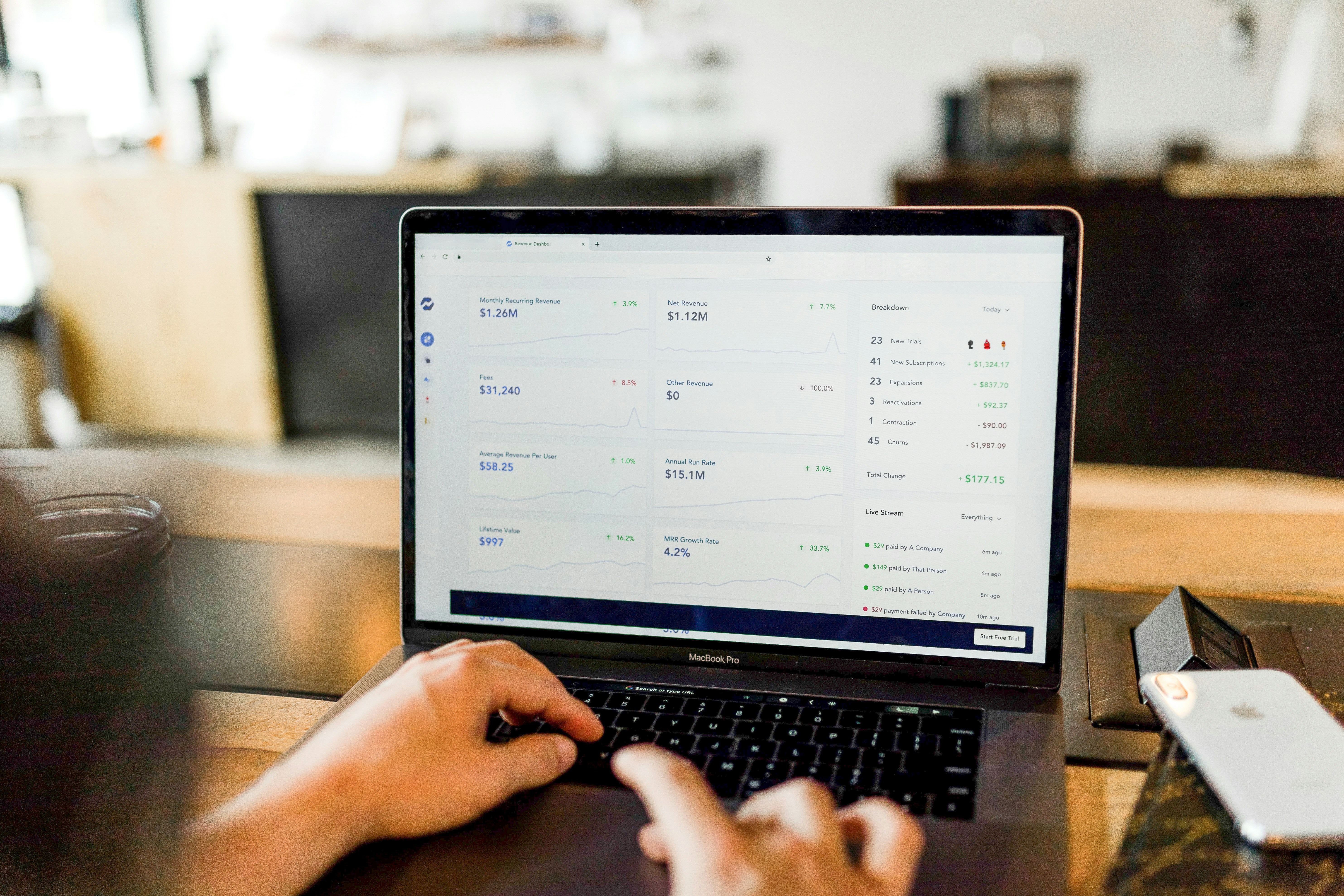· remote work · 2 min read
Enhancing Remote Access for Accountants: Tools and Security
Learn how to enhance remote access for your accounting team with the right tools and security measures to maintain productivity and data safety.

Enhancing Remote Access for Accountants: Tools and Security
The future of accounting is remote, but with great flexibility comes great responsibility. Ensuring your team can access data securely from anywhere is crucial for maintaining productivity and protecting sensitive information. Let’s dive into the tools and security measures that can make remote access both efficient and safe.
1. Tools for Effective Remote Access
Virtual private networks (VPNs):
- Ensuring secure, encrypted connections: VPNs protect data in transit by encrypting internet traffic.
- Choosing the right VPN: Evaluate options based on security features, speed, and ease of use.
Cloud-based accounting software:
- Accessing financial data from any device: Use platforms like QuickBooks Online or Xero for remote accessibility.
- Benefits of cloud solutions: Automatic updates, data synchronization, and built-in security features.
Collaboration tools:
- Facilitating team communication and project management: Tools like Slack and Trello enhance remote teamwork.
- Document sharing and editing: Use Google Workspace or Microsoft Office 365 for collaborative document management.
2. Security Measures for Remote Work
Multi-factor authentication (MFA):
- Adding an extra layer of security: MFA requires multiple forms of verification for account access.
- Implementation tips: Use apps like Google Authenticator or Authy to simplify MFA for users.
Data encryption:
- Protecting data both in transit and at rest: Ensure all sensitive information is encrypted to prevent unauthorized access.
- Using encryption tools: Implement software solutions that provide end-to-end encryption.
Endpoint security:
- Securing devices used by remote workers: Install antivirus and anti-malware software on all devices.
- Regular updates and patches: Ensure all software is current to protect against vulnerabilities.
3. Best Practices for Remote Access Implementation
Establishing remote work policies:
- Clear guidelines for remote access and security: Define acceptable use, access protocols, and security requirements.
- Regular reviews and updates: Keep policies up-to-date with evolving security threats and remote work practices.
Training staff on remote security:
- Educating employees on best practices and potential risks: Conduct regular training sessions on remote work security.
- Simulated security drills: Test staff preparedness with simulated security incidents.
Regular security audits:
- Monitoring and adjusting security measures as needed: Conduct periodic audits to identify and address vulnerabilities.
- Continuous improvement: Use audit findings to enhance remote work security protocols.
Call to Action & Conclusion:
Enhance your firm’s remote access capabilities while maintaining top-notch security. Invest in the right tools and implement robust security measures to ensure your team can work efficiently and safely from anywhere. Embrace the remote work revolution with confidence.